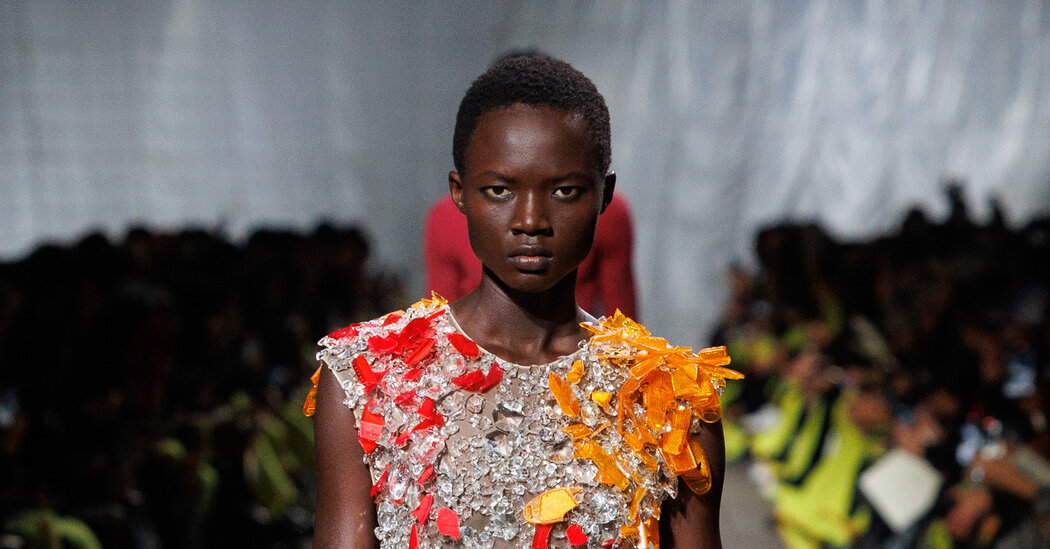
That the death of Iris Apfel, the geriatric influencer whose idiosyncratic sense of personal style made her a fashion star when she was well into her 80s, happened smack in the middle of Paris Fashion Week was both startling and oddly fitting. All the appreciations of her life and outfits have been adding up to pointed reminders of how this whole circus relates to the art of dressing, and the way clothing can be an interface with the world in the most expressive, original way.
I was thinking about that a lot over the weekend, in part because of the designers here who, like Ms. Apfel, have built empires (or at least small fiefs) on a willingness to go their own way — Rick Owens, Yohji Yamamoto. Designers with a deep understanding of the rules and history of fashion and an equally powerful ability to rewrite both, and to imagine a different world. One whose uniforms can look bizarre and outrageous, but which create a sense of thrilling possibility: clothes like permission slips to think out of the box.
And also because in Seán McGirr’s debut at Alexander McQueen, a house that once did all of the above, it got so very garbled.
A McQueen Misstep
Mr. McGirr had the complicated job of taking over from Sarah Burton, the longtime deputy to Mr. McQueen, who had stabilized the brand after the designer’s suicide in 2010 and made it her own, adding a touch of grace to the angry romance and soaring imagination that traversed heaven and earth and that, combined with great technical proficiency, defined the McQueen name.
Mr. McGirr is, in other words, the first designer to lead the brand with no particular connection to it, and that showed. In a preview, he talked excitedly about Mr. McQueen’s spring 1995 collection The Birds, as well as the East End of London, rough edges and rebels, but the result looked like McQueen, the TikTok dance version. It had energy, but not depth.






